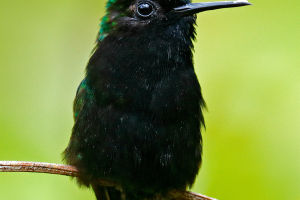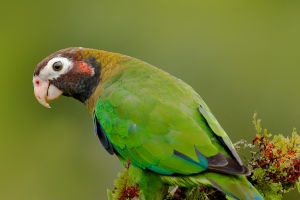Cat grass is generally a general term for the grasses that cats like to eat, mainly including wheat seedlings, oat seedlings, and other grasses.
Cat grass can be useful for cats to promote hair elimination.
Cats usually swallow the hairballs, which accumulate in the intestinal tract and eventually form what is known as "hairball syndrome", leading to vomiting and digestive problems.
Cat grass can stimulate the intestinal motility of cats and promote the elimination of hairballs, thus reducing the occurrence of hairball syndrome.
Cat grass can also induce an olfactory and gustatory response in cats, making them more excited and active, thus increasing their exercise and appetite.
All these factors help to improve the health of cats and reduce the occurrence of hair problems.
It is important to note that although cat grass is safe for cats, some cats may be allergic to it, so before feeding cat grass to cats, proper testing and observation are recommended to ensure that the cat has no adverse reactions to it.
Cat grass should not be used as a primary food source for cats, but rather as a supplementary food or cat toy.
Cat grass is grown as follows:
1. Choose the right seeds: Cat grass seeds can be purchased at a florist or gardening store. Choose organic seeds and make sure they are fresh.
2. Choose a suitable container: You can use pots, trays, or other containers to grow cat grass. The container should be deep enough to accommodate the roots of the cat grass and also ensure that there are enough outlets for water flow to prevent over-watering.
3. Planting Cat Grass: Spread cat grass seeds evenly on the surface of moist soil and lightly compact them. Cover with a layer of soil about twice the depth of the seeds.
4. Keep it moist: Keep the soil moist until the cat grass seeds germinate. Spray a small amount of water daily to keep the soil moist, but do not over-water or the seeds may rot.
5. Care for cat grass: Cat grass needs full sunlight and proper moisture to grow. Check the soil moisture of your cat grass daily and keep it moderately moist.
Cat grass also needs the right amount of fertilizer, you can use organic fertilizer to supply nutrients.
6. Wait for the harvest: Cat grass will germinate within a few days and mature within a few weeks. Once the cat grass grows, the cat can eat it.
Overall, growing cat grass is very easy, you just need to choose the right seeds and containers, and then maintain the right humidity and light conditions.


